Create Visions, then Take Action
In exploring the importance of developing your dreams, I am reminded of a famous story about Jim Carey, a comedian known for his over the top antics in films such as Dumb and Dumber, The Mask, and Ace Ventura: Pet Detective. Jim Carey wrote himself a check for ten million dollars and dated it for Thanksgiving Day, three years later. He said he could envision himself being successful and he dreamed of getting paid the large sum of money for “acting services rendered.” Well, three years later, just days before that future Thanksgiving Day, Jim Carey signed on for Dumb and Dumber, and received a check for ten million dollars! When discussing this, Carey brought up the importance of dreams. However, he stated, once you create your dream, you have to go work for it. You cannot just sit down, eat a sandwich and expect your dream to come true!
Make your dreams breathe!
I love hearing about the passion people have for achieving their goals and realizing their dreams! It invigorates me to see passionate people achieving what they envisioned months, years, and sometimes decades before. The most passionate people seem to have visions they can see, feel, touch, and smell. It is not just an idea in their head. The dream of their success takes over every one of the senses, becoming a living entity within their soul. Our visions fade out when we do not take the time to nurture them. It is easier to ignore a hope when it remains an external being. Conversely, by creating an internal, multi-dimensional vision, you make it a personal necessity to act on your dreams.
As I continue to work with the adolescent age group, however, I notice we are failing to teach them this skill. In fact, many of the young people I work with struggle to dream at all. Most often, our adolescents seem so consumed with their immediate definition of self, that they think their grades and test scores predetermine their possibilities for the next 30 years of life. Those that do have a dream can often visualize it, but cannot feel it. The dream remains a free-floating idea with no substance behind it.
This is where most of their dreams plateau. I believe there are three main factors behind this:
- Their dreams feel unattainable
- They never transition from dream to reality – develop action steps
- They focus solely on the outcome and they never visualize the process
In looking at the concerns above, all three of them concentrate on the lack of action involved with our dreams.
Limitation #1: Visions Feel Unattainable
It is extremely important to teach our children to dream. The act of dreaming alone creates an optimism within our kids that builds a foundation of hope and possibilities. A lack of dreams can translate into a fixed mindset. The child who does not dream of change often believes change cannot occur in the first place. So, to them, dreaming becomes a waste of energy and time. A fixed mindset leads to lack of hope which in turn leads to possible depression and lack of motivation. These children fail to become ignited with any interests because they see it as an impossible task. They may have had dreams in the past but never learned how to actually achieve them, or worse yet, they were told they could not achieve them for one reason or another. Teach our adolescent children to the power of dreams and how to achieve them. Be a champion for just one child by taking an interest in their goals. Help them foster a vision and then teach them how to make it breathe by showing them it is possible!
Limitation #2: Forget to Transition from Visions to Reality
True gamechangers in all arenas envision bold ideas and unimaginable concepts. However, if the dream stayed simply an idea then nothing would ever be invented. The most innovative people are the ones who act upon their dream. Even when people tell them it could not be done, or they meet a setback, the true champion of ingenuity continues to transition their dreams to reality. In order for adolescents to do this we have to not only teach our kids to dream, but then also dare them to envision the steps it takes to get to there. Once these steps are also envisioned, we challenge them again to take the first action necessary to start the process. As the adult role models, it is our responsibility to teach our youth how to dream and how to take action. Finally, to maintain motivation, it is pertinent to remind them (and show them if possible) how their actions have brought them closer to their ultimate dream.
Limitation #3: Focus on outcome versus process
We teach them to let the outcome motivate them to achieve without realizing the detriment this has on their development. The continual focus on the outcome deteriorates optimism and resilience in our adolescent children and increases the feeling of anxiety, inadequacy, and self-doubt as well. We usually downplay the role of resilience and grit in achievement of dreams.
Think about it. If a team believes they have to win a championship to be successful, what happens when they lose their first game? Immediately, they feel like failures. They instantly lose that belief, that optimism. In turn, they lose the resilience to move forward from a setback. Since the outcome has been threatened, the team begins playing more conservatively, hoping not to lose the next game instead of competing to win. Pete Carroll, Head Coach of the Seattle Seahawks, preaches the concept of process over outcome. According to him, focusing on outcomes actually hinders the performance of his players. It is about overcoming setbacks, still believing in the vision, that creates champions and success.
Can you picture this same negative flow in the classroom? A student is so consumed by earning an “A” as their final grade, even before the class begins. Her goal is not about learning the material, but more so to earn that best grade. The first test is returned and the student received a “C.” She feels like a failure. Her first instinct is to drop the class, because she has been taught to value the outcome over the process. Since the outcome is threatened, she is more likely to run from the challenge. She has not personalized the process.
Final Thoughts – Igniting others
So, doesn’t creating a vision, creating a dream, force us to focus on the outcome? This could be true, but only if we isolate the dream from the process. If, instead, we teach our children from a young age that the process is part of the dream, then they can internalize the steps needed more clearly. They can see the value in the setbacks and amount of time the process takes to complete. Through this approach, we would arm our youth with the resilience needed to realize their goals. We can teach them to expect mistakes and failures; envisioning what it looks like to achieve in spite of these things. We let them dream about the excitement, pride, and satisfaction that comes with working through the process. They learn to use these emotions to push forward, developing a sense of gratitude towards others, and themselves, for never giving up on their goal. This growth mindset allows for healthy risks, which are integral towards achieving greatness.
As parents, teachers, coaches and counselors, we can all do more to cultivate positive dreams in our adolescents. I constantly challenge myself to learn one person’s goals and dreams every day. But I do not stop there. I ask them HOW they plan to achieve their goals and what is one step they can take today to get closer to realizing this dream. People, adolescents included, love to talk about things that matter to them. It is important to allow those around us, especially our youth, to share their dreams no matter how wild and out there they may sound.
One word of encouragement may keep someone’s dream alive and it may help them spark the transition from dream to reality. How exciting to think that one word of encouragement from you could put a great idea into action for someone else. Who knows how many countless people could benefit from one person’s dreams?
______________________________________________________________________________
Ryan Defibaugh, LCPC, NCC, is the owner of MBS Performance Counseling, LLC in Frederick, MD. He works with adolescents and young adults to help them thrive in their academic, social, and personal lives. Ryan uses his experience as a Division I college coach along with his counseling background in order to empower our youth with skills such as optimism, resilience, grit, and problem-solving abilities.




